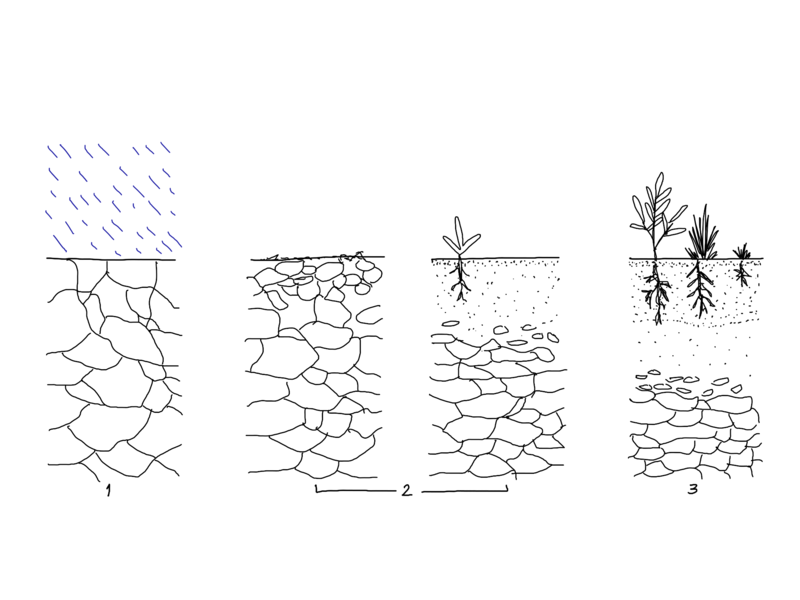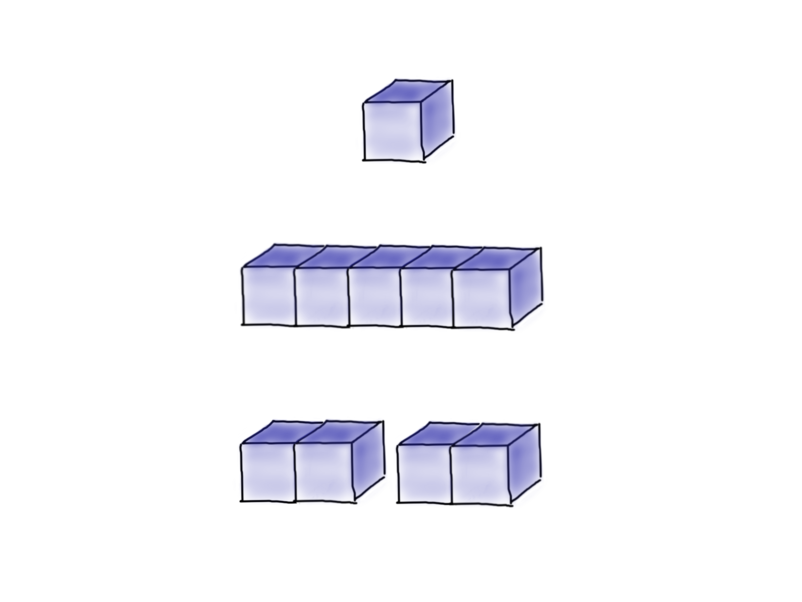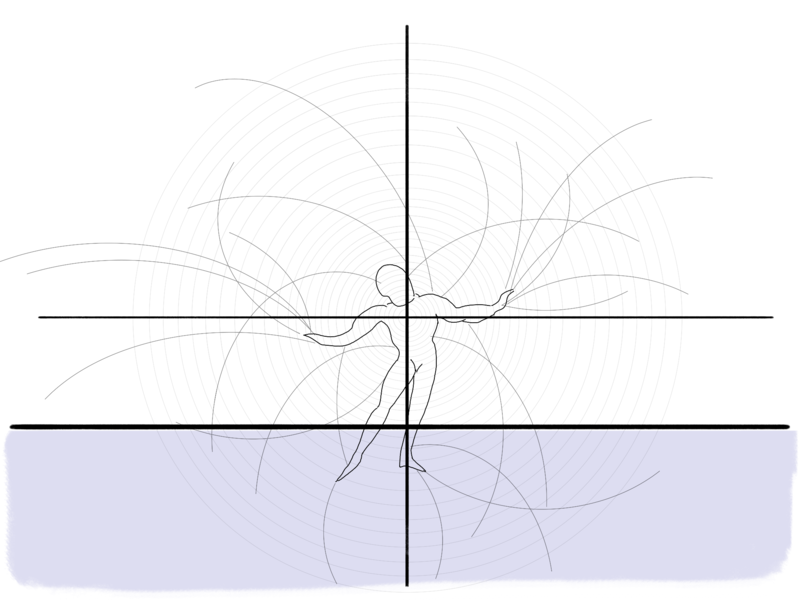When studying different elements of scales in nature we can find an interesting event; in soil formation, the earth is not soil until there are living organisms in it. Similar to architecture, where a house is not a home until there are living organisms in it. Nature, life, is directly connected with this transformation of space. When a body gets into a space, things start to happen, it becomes a livable space, it is a matter of inhabitation. There is an undeniable and reciprocal relationship between body and space that changes our reading. We cannot see those transformations unless we think about the big picture. So, how does a body transform space? We can encounter these changes not only on the architectural scale, the human scale, but also in smaller and greater scales such as the microbes and the universe.
Everybody has their own personal idea of the meaning of space when talking about it from an architectural point of view, but all quite similar in terms of creation. Nevertheless, this kind of idea of space is only the third definition1 when researching the word. The first definition refers to the outside earth’s atmosphere, a space only some can inhabit, yet it conditions our homes in many invisible ways. Whereas the second definition talks about the empty space, the lack of life in an empty area, the absence of bodies in a space. It is only in the third definition that architecture is mentioned (with room as the synonym). This means that when talking about space we are talking not only about the architectural reated and livable space, but also about a natural and/or empty space. Denoting that body is external to space but the transformations it brings change the complete reading of it. Body changes space yet it remains. Is the body that brings meaning to a space, it is body that makes it one thing or the contrary, it is body that makes space lived or dead.
Since there is nothing that measures these transformations, I will create an instrument that helps designers and architects to better understand the relationship between body and space, nature and architecture, between life and death. This instrument, which I will call the arch- scope, is able to jump from one scale to the other with no difficulties and focuses on different scales present in a house bringing them all together in one space that puts them at the same
level.


